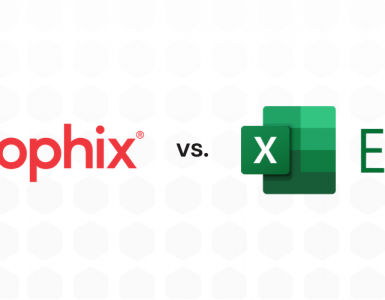The Growing Discipline of Data Analytics
Last week, I had the opportunity to attend the inaugural Microsoft Data Insights Summit. It was not the usual Microsoft conference with huge product announcements and tens of thousands of attendees; this event was a much more intimate setting focused on the growing discipline of data analytics which is transforming the way organizations are making decisions across every operational unit.
Normally, these conferences tend to be dominated by attendees from IT, but this one was quite different; the majority of people were working directly in the operational units as analysts, data scientists, and other non-IT roles. This new breed of data analytics professional is responsible for examining data for patterns, analyzing trends, and developing forecasting models to help predict future events. Not surprisingly, the finance community was well represented at the conference, with over a third of the attendees working directly in the Office of Finance.
One of the most interesting sessions at the Summit was a presentation by Microsoft’s finance team on their analytics journey. Despite the fact Microsoft is a huge organization, with a vast finance group, their journey sounded similar to many companies working with Prophix. During the session a few core themes emerged which are consistently experienced by finance departments all sectors and company sizes:
• The lack of agility to complete rapid iterations of plans based on changing business conditions due to an over-reliance on outdated systems or spreadsheets. Worse, these systems required IT support and due diligence to make changes, further slowing down decision-making processes.
• Traditional CPM systems are too rigid or lack the ability to plan at detailed levels, demanded by financial analysts, necessary to support operational plans and objectives out of the box.
• The inability for regular business and financial analysts to access historical data locked away in complex ERPs and data marts for analysis.
Microsoft has certainly moved the needle forward with some of their exciting new products such as Power BI and before that Power Pivot. These tools arm non-IT business analysts with powerful tools to manipulate and analyze large amounts of data. However, I found the second point even more poignant. CPM applications while useful for budgets, plans and consolidating data to provide executive level views of the organization, have often been rejected by business/financial analysts because they do not permit planning at sufficient level of detail.
Detailed planning at levels lower than GL accounts, such as by projects/program, customer, territory, sub-ledgers, employees, suppliers, or even transactions, has been one area that Prophix has offered its customers for many years. Our Detailed Planning Manager was created precisely for the reasons I heard at the conference. Moreover, it has been developed to allow the analyst to create an unlimited number of models for planning and tightly integrate them with budgets and forecasts. Read my other blog to learn more about applications of Detailed Planning Manager here
.
Overall, I enjoyed this conference because it was not solely a technical conference, in fact, it was quite the opposite, with lots of business analysts and operational analysts attending. Speaking to them and hearing about their challenges was very useful and validated many of the decisions we make at Prophix to ensure the product is intuitive for business users, but also flexible enough to empower them to build sophisticated forecasting and planning models without IT assistance.






